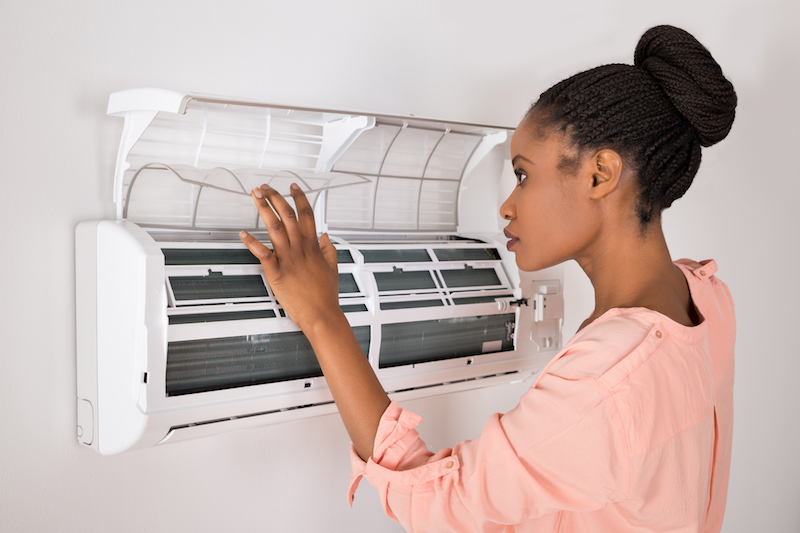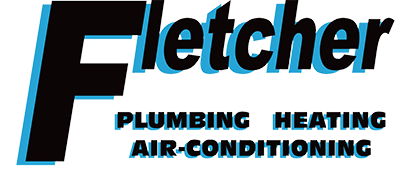
You shouldn’t need to compromise on comfort or spend a lot to keep your residence at the right setting during warm days.
But what is the ideal temperature, exactly? We go over recommendations from energy pros so you can choose the best temperature for your home.
Here’s what we suggest for the most energy-efficient setting for air conditioning in Smyrna.
Recommended Thermostat Settings for Summer
Most households find placing the thermostat at 72-73 degrees is ideal. However, if there’s a huge difference between your interior and outdoor temps, your cooling costs will be greater.
These are our recommendations based on the U.S. Department of Energy (DOE) and ENERGY STAR®.
While at home: 78 degrees. While that seems hot, there are ways you can keep your residence cool without having the AC going constantly.
Keeping windows and curtains closed during the day keeps chilled air where it should be—inside. Some window coverings, like honeycomb shades or plantation shutters, are created to give more insulation and improved energy savings.
If you have ceiling fans in your home, the DOE says you can raise thermostat temps about 4 degrees warmer without sacrificing comfort. That’s because they refresh through a windchill effect. Because they cool people, not rooms, turn them off when you move from a room.
If 78 degrees still seems too warm initially, try running a test for a week or so. Get started by raising your temperature to 78 degrees while you’re at your residence. Then, gradually lower it while using the tips above. You could be shocked at how cool you feel at a higher temperature setting.
While away: 88 degrees. There’s no reason to keep the air conditioner working all day while your home is vacant. Moving the temp 7–10 degrees hotter can save you as much as 5–15% on your electrical expenses, according to the DOE.
When you come home, don’t be tempted to set your thermostat under 78 to cool your house faster. This isn’t useful and often results in a bigger AC cost.
A programmable thermostat is a good method to keep your temperature controlled, but it requires setting programs. If you don’t set programs, you might forget to change the set temperature when you leave.
If you want a handy resolution, think about installing a smart thermostat. This thermostat links with your phone, so it realizes when you’re at your residence and when you’re away. Then it automatically modifies temperature settings for the biggest savings. How much exactly? About $180 annually on heating and cooling, according to ENERGY STAR.
Another plus of getting a smart thermostat? You can use your phone to keep an eye on and adjust temperature settings from just about anywhere.
While sleeping: Around 70 degrees. While ENERGY STAR recommends 82 degrees, that could be too uncomfortable for most families. Many people sleep better when their sleeping space is chilled, so that’s why the National Sleep Foundation advises 60–67 degrees. But that could be too cold, based on your clothing and blanket preference.
We advise following a similar test over a week, moving your temp higher and progressively decreasing it to pick the right temperature for your residence. On pleasant nights, you might find keeping windows open at night and relying on a ceiling fan is a better option than running the air conditioning.
More Methods to Use Less Energy During Hot Weather
There are other approaches you can save money on utility bills throughout the summer.
- Install an energy-efficient air conditioning system. Central air conditioners only work for about 12–15 years and become less efficient as they become older. A new air conditioner can keep your house more comfortable while keeping utility bills down.
- Schedule annual air conditioner tune-ups. Annual air conditioner maintenance keeps your unit operating properly and could help it work at greater efficiency. It might also help extend its life expectancy, since it allows technicians to discover little troubles before they lead to a major meltdown.
- Replace air filters often. Use manufacturer instructions for switching your air filter. A dirty filter can lead to your system short cycling, or switch on and off too much, and drive up your energy.
- Inspect attic insulation levels. Just about 90% of homes in the U.S. don’t have proper insulation, according to the Insulation Institute. The majority of southern climates need 13–14” of attic insulation, while northern climates should have 16–18”.
- Have your ductwork checked. Ductwork that has separated over time can seep conditioned air into your attic, walls or crawl space. This can lead to huge comfort issues in your home, like hot and cold spots.
- Seal openings, doors and windows. Keep muggy air where it belongs by closing holes. You can also caulk or weather strip doors to keep more cold air indoors.
Conserve More Energy During Hot Weather with Fletcher Plumbing, Heating & AC
If you need to conserve more energy during warm weather, our Fletcher Plumbing, Heating & AC experts can help. Reach us at 302-653-0503 or contact us online for additional information about our energy-saving cooling options.
